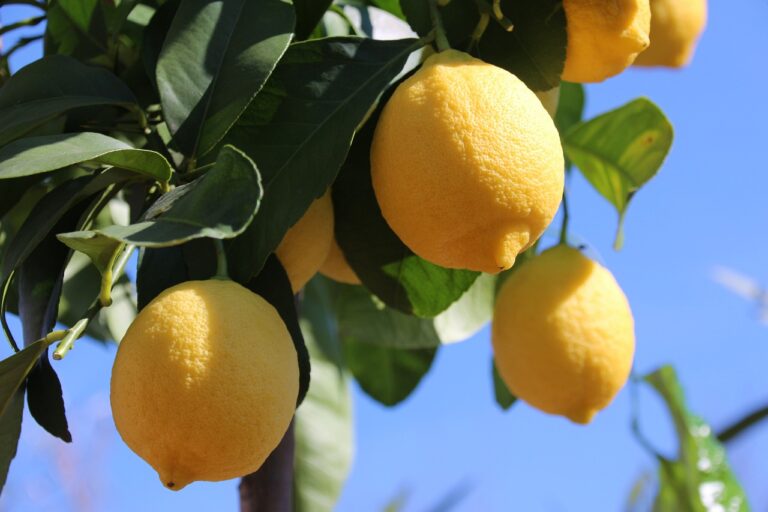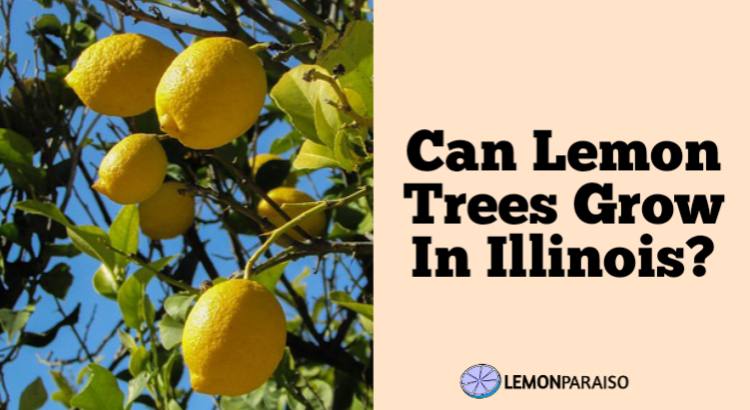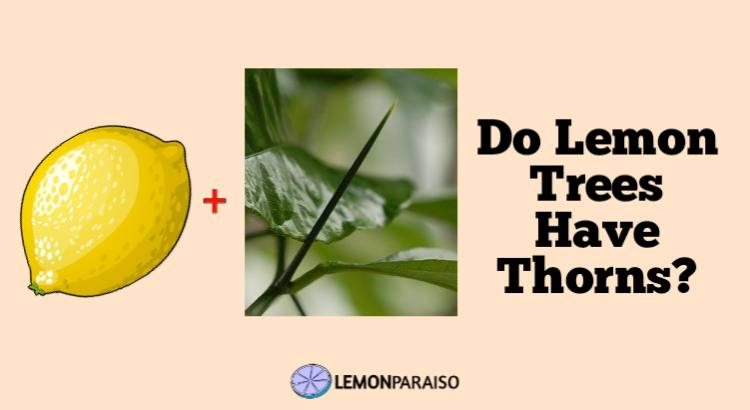Bonsai Lemon Trees: A Delightful Fusion of Art and Nature
The Bonsai Lemon Tree is a captivating fusion of the ancient Japanese art of bonsai and the vibrant, aromatic citrus fruit that has long been a culinary staple.
Growing a Bonsai Lemon Tree combines the beauty of the miniature tree, the pleasure of nurturing a living work of art, and the delight of harvesting homegrown lemons, all in a compact form suitable for even the smallest spaces.
How To Grow A Bonsai Lemon Tree?
Growing a Bonsai Lemon Tree requires patience, dedication, and careful attention to detail. Start by selecting a healthy lemon tree sapling or a mature tree suitable for bonsai cultivation. Ensure that the tree receives ample sunlight, at least 6 to 8 hours per day, preferably in a south-facing position.
Gradually trim and shape the tree, using a combination of pruning and wiring techniques, to achieve the desired miniature form. Repot the tree every two to three years, taking care to root prune and refresh the soil mix. Finally, maintain a consistent watering and fertilization schedule to ensure the health and longevity of your bonsai lemon tree.
What Is The Best Soil For A Bonsai Lemon Tree?
The ideal soil for a Bonsai Lemon Tree is a well-draining mix that retains moisture but allows excess water to escape, preventing root rot. A combination of 1/3 organic potting soil, 1/3 coarse sand or grit, and 1/3 perlite or pumice is typically suitable for these trees.
Alternatively, you can use a pre-mixed bonsai soil blend available at most garden centers. The addition of a small amount of peat moss or well-rotted compost can provide additional nutrients and improve water retention. Ensure that the soil remains slightly acidic, with a pH level between 5.5 and 6.5, to promote optimal growth and fruit production.
How Often Should I Water My Bonsai Lemon Tree?
Watering frequency for a Bonsai Lemon Tree depends on factors such as the size of the tree, the pot size, and the prevailing environmental conditions. As a general rule, water your bonsai lemon tree when the top inch of soil begins to dry out, which may be every two to three days during hot or dry weather, and less frequently in cooler or more humid conditions.
It’s important to water the tree thoroughly, ensuring that the entire root system receives moisture, but avoid overwatering, which can lead to root rot. Keep in mind that indoor trees may require more frequent watering due to the drier air conditions often found indoors.
Can I Grow A Bonsai Lemon Tree Indoors?
Yes, a Bonsai Lemon Tree can thrive indoors, provided it receives adequate light and care. Position your tree in a sunny spot near a south-facing window, ensuring it receives a minimum of 6 to 8 hours of direct sunlight daily.
Supplemental lighting, such as a grow light, may be necessary during winter months or in low-light environments. Maintain consistent temperature and humidity levels, ideally between 65 and 75 degrees Fahrenheit, and provide adequate air circulation to prevent disease.
Regularly monitor and adjust your watering and fertilization schedule to account for the unique conditions of an indoor environment.
How Long Does It Take For A Bonsai Lemon Tree To Bear Fruit?
The time it takes for a Bonsai Lemon Tree to bear fruit varies depending on factors such as the tree’s age, variety, and growing conditions. Generally, grafted lemon trees may begin to produce fruit within 2 to 3 years, while those grown from seed can take up to 5 to 7 years.
Proper care, including consistent watering, fertilization, and pruning, can encourage fruit production. Remember that bonsai trees, by nature, produce fewer fruits than their full-sized counterparts, and the fruits themselves may be smaller due to the tree’s restricted growth.
How Do I Prune My Bonsai Lemon Tree?
Pruning your Bonsai Lemon Tree is essential for maintaining its shape, size, and overall health. Begin by removing any dead, damaged, or diseased branches, as well as those that cross or rub against each other. Focus on maintaining the tree’s overall structure, trimming back new growth to encourage a balanced, symmetrical appearance.
Regularly pinch back the tips of shoots to promote branching and maintain the desired size. Prune the tree during late winter or early spring, just before new growth emerges.
When pruning fruit-bearing branches, keep in mind that doing so may temporarily reduce fruit production, but it is essential for maintaining the tree’s overall health and aesthetic appeal.
What Are The Common Pests And Diseases Of A Bonsai Lemon Tree?
Bonsai Lemon Trees, like other citrus trees, can be susceptible to a variety of pests and diseases. Common pests include aphids, scale insects, mealybugs, spider mites, and citrus leaf miners. To prevent and control these pests, regularly inspect your tree and treat infestations promptly with insecticidal soap, neem oil, or other appropriate treatments.
Diseases such as root rot, citrus canker, and fungal infections can also affect bonsai lemon trees. To minimize the risk of disease, maintain proper watering and hygiene practices, provide adequate air circulation, and avoid over-fertilizing your tree.
How Do I Fertilize My Bonsai Lemon Tree?
Fertilizing your Bonsai Lemon Tree is crucial for maintaining its health and promoting fruit production. Use a balanced, slow-release fertilizer, preferably one formulated for citrus trees, and apply it according to the package instructions.
Typically, you should fertilize every 4 to 6 weeks during the growing season, from spring to early fall, and reduce the frequency during the tree’s dormant period in winter. Additionally, you can supplement with a foliar spray containing micronutrients, such as iron, manganese, and zinc, to ensure your tree receives all the necessary nutrients for optimal growth.
Can I Propagate A Bonsai Lemon Tree From Cuttings?
Yes, it is possible to propagate a Bonsai Lemon Tree from cuttings, although it can be more challenging than propagating from seed or grafting. Select a healthy, semi-hardwood cutting from your tree, approximately 4 to 6 inches long, and remove the leaves from the lower half.
Dip the cut end in a rooting hormone, then plant it in a well-draining soil mix, keeping the cutting moist and warm until roots develop. Once the cutting has established a healthy root system, transplant it into a bonsai pot and begin the process of training and shaping it into a miniature tree.
What Are The Different Varieties Of Bonsai Lemon Trees?
There are several varieties of lemon trees suitable for bonsai cultivation, each with its unique characteristics. Some popular choices include:
- ‘Improved Meyer Lemon’ – A hybrid variety known for its cold tolerance, abundant fruit production, and compact growth habit.
- ‘Ponderosa Lemon’ – A large-fruited variety with a strong, vigorous growth pattern that requires diligent pruning and shaping.
- ‘Eureka Lemon’ – A classic lemon variety with consistent fruit production and a balanced growth habit, making it suitable for bonsai.
- ‘Lisbon Lemon’ – Similar to the Eureka, this variety is more cold-tolerant and produces slightly larger fruits.
Choosing the right variety for your bonsai lemon tree will depend on your personal preferences, climate, and the desired aesthetic for your miniature tree.



